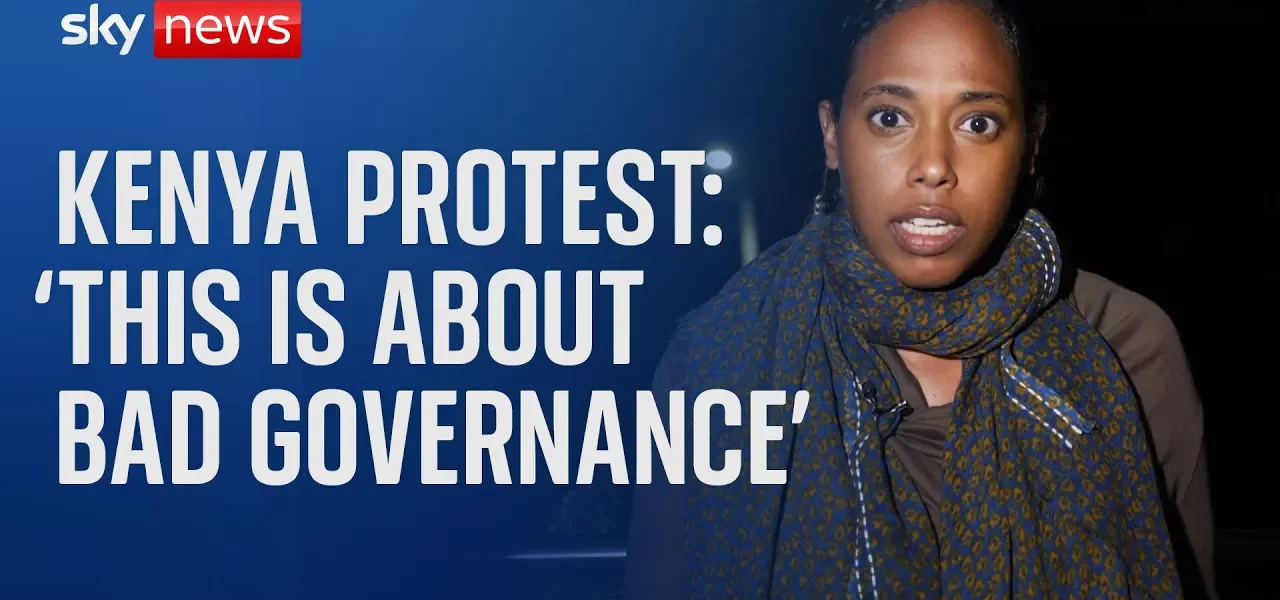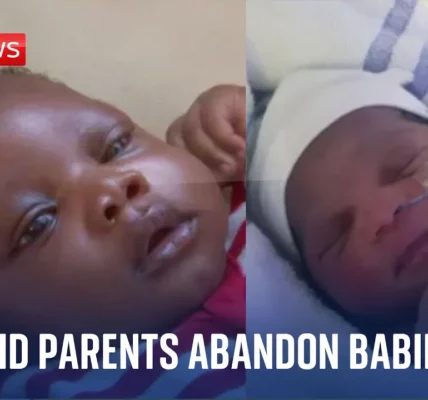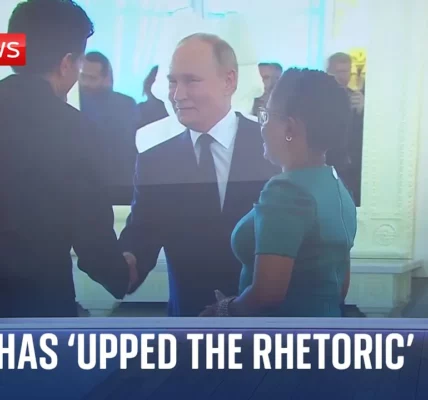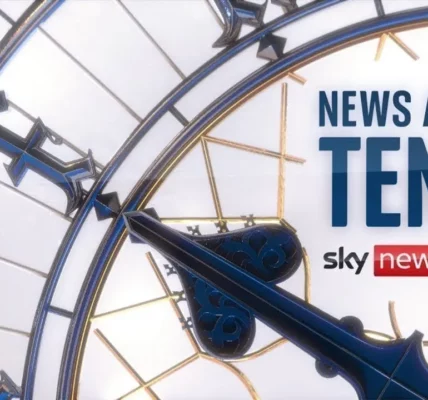Kenya’s Protests: Analyzing President Ruto’s Response and Governance Issues

This article delves into the recent protests in Kenya, examining the government’s actions, public sentiment, and the broader implications for governance and international relations under President Ruto’s administration.
Introduction
The ongoing protests in Kenya have sparked widespread discussion and debate, highlighting critical governance issues that the public perceives as symptomatic of larger systemic problems. As citizens voice their concerns over economic mismanagement and high taxation, the government’s response has been a mix of military deployment and attempts at dialogue, raising questions about the efficacy of these measures and the future of governance in the country.
The Underlying Issues Behind the Protests
At the heart of the protests lies a deep-seated frustration with the government’s financial decisions, particularly the controversial finance bill. Protesters view this legislation not merely as a standalone issue but as indicative of a broader pattern of poor governance.
Public Sentiment on Governance
The protests are primarily driven by the younger generation, which has become increasingly aware of and engaged in political issues. Key grievances include:
- High unemployment rates across the nation.
- Excessive government spending by elected officials.
- High taxation burdens on citizens, particularly the youth.
The Role of Young Activists
Many young activists demonstrate remarkable courage and resilience in the face of government repression, illustrating a generational divide in attitudes towards governance. Their persistent activism signals a demand for accountability and reform.
Government Response and Military Deployment
In response to the protests, President Ruto initially deployed military forces to assist police in maintaining order. However, this approach has been met with significant backlash.
Military Presence and Public Reaction
The deployment of military personnel has escalated tensions on the streets, leading to confrontations between protesters and law enforcement. Key incidents include:
- The use of stun grenades to disperse crowds, raising concerns over the excessive use of force.
- The arbitrary detention of activists, contributing to a climate of fear.
- Public outcry against the military’s role in civilian matters, calling for restraint and dialogue.
International Pressure and Political Implications
International scrutiny has intensified following the protests, with global powers urging the Kenyan government to prioritize dialogue and de-escalation.
Impact of International Relations on Domestic Policy
President Ruto’s administration is acutely aware of its standing on the international stage, particularly as Kenya plays a pivotal role as a key defense partner in East Africa. Recent developments include:
- Designation of Kenya as a major non-NATO ally by the United States, reinforcing its geopolitical significance.
- Calls from U.S. Secretary of State Antony Blinken for restraint and constructive dialogue, highlighting the global interest in Kenya’s stability.
- The potential risks of continued unrest, which could jeopardize international partnerships and economic support.
Conclusion
The protests in Kenya serve as a crucial barometer of public sentiment regarding governance and accountability. As President Ruto navigates the delicate balance between maintaining order and addressing the legitimate concerns of his citizens, it remains to be seen how these events will unfold. The resilience of the youth and the pressure from the international community could play pivotal roles in shaping the future of governance in Kenya. For continued updates and in-depth analysis on this evolving situation, stay tuned to our coverage.
“`




